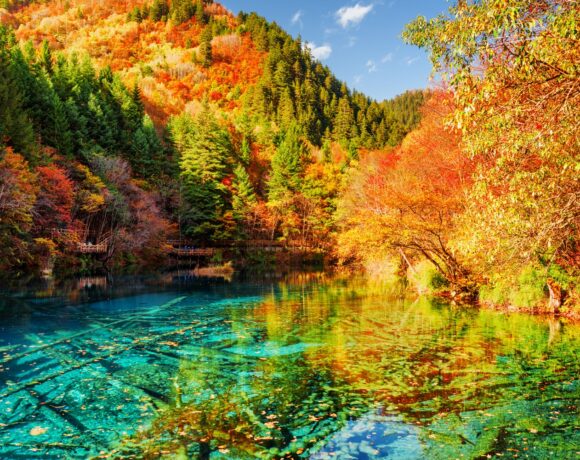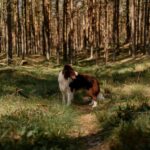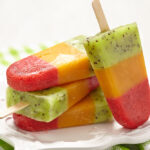Lakshadweep : “ Coral treasures unearthed”

 Over the laps of centuries, may be because of the continuations exploitation by foreign forces, the Lakshadweep has lost its rich tradition of trading and the products of islands are become an unknown entity of to international trade. Even after 60 years of post independent governance, Lakshadweep occupies a very tiny spot in the trade map of union of India. The once international trade hot spot has now limited to the title of smallest union territory of union of India.
Over the laps of centuries, may be because of the continuations exploitation by foreign forces, the Lakshadweep has lost its rich tradition of trading and the products of islands are become an unknown entity of to international trade. Even after 60 years of post independent governance, Lakshadweep occupies a very tiny spot in the trade map of union of India. The once international trade hot spot has now limited to the title of smallest union territory of union of India.
After the formation of Union territory of Lakshadweep in the year 1961, Administrator appointed by the president of India heads the Administrative set up of Lakshadweep. Lakshadweep is also the smallest Loksaba Constituency in the country.
Though it has lost it past glory, the people of Lakshadweep never forgot the rich traditions inherited in their blood. Owing to rich phosphate content in the soil of Lakshadweep, the farmers of Lakshadweep do not use any kind of chemical fertilizers in their Coconut farmers as a result the produces form these islands are naturally organic. Years ago the Lakshadweep Administration has initiated a process of official organic certifications of the Coconut farms in Lakshadweep, as on date almost 30% of the farms are already organically certified. As per record, there are 7.09 Crore coconuts are being produced in Lakshadweep through purely organics farming tradition in which 20% of the coconuts are consumed by its 70, 000 population and the remaining 5.9 Crores of Coconuts are awaiting the traders. It is a noteworthy fact that 2.54 Crore Coconuts are produced from NOP (USDA) & NPOP Organic Standards certified organic farms. In other words, 2.54 Crore coconuts are officially organically certified. Lakshadweep Coconuts are mainly of two categories.
- Lakshadweep Ordinary (LO): Average dehusked weight of the shell of these coconuts is considered to be 325 gms. Copra yield from these types of coconuts are 130 gm and it contains 72% of oil.
- Lakshadweep Micro (LO): Average dehusked weight of the shell of these coconuts is considered to be 185 gms. Copra yield from these types of coconuts are 80 gm and it contains 78% of oil.
Lakshadweep also produces 6298 MT of Corpra in a year out of which 2902 MT are Organic certified. Lakshadweep Copra is considered as best in terms of oil content and yield, when the Copra made from West Cost Tall Coconut trees (most cultivated verity in Kerala) yields 65-66% of oil, the Copra produced from Laksahdweep Ordinary Coconut and Copra made from Lakshadweep Micro yields 69% and 75% oil respectively. The Lakshadweep Copra is classified in to 3 major groups they are:
- Edible Cups Copra Grade– I as per AGMARK standards (60% of the total production)
- Edible ball Copra Grade– I &II as per AGMARK standards (10% of the total production)
- Milling Copra Grade– I as per AGMARK standards (30% of the total production)
Further, Lakshadweep Development Corporation Ltd, a government entity established for development and upliftment of Lakshadweep, has operating coconut processing units and fish processing units in various islands. Desiccated Coconut Powder and Light Meat Tuna in vegetable Oil are the main value added products being produced here. Bow, there are plenty of entrepreneurs from Lakshadweep is engaged in producing value added products such as Coconut Oil, Coconut Virgin Oil and different produces from the traditional Masmin(the dreid tuna fish). Though these value additions are taken place in very minimal quantity the scope for mass production is still there considering the abundant availability of raw material in land and sea.
Continue








